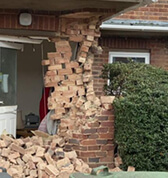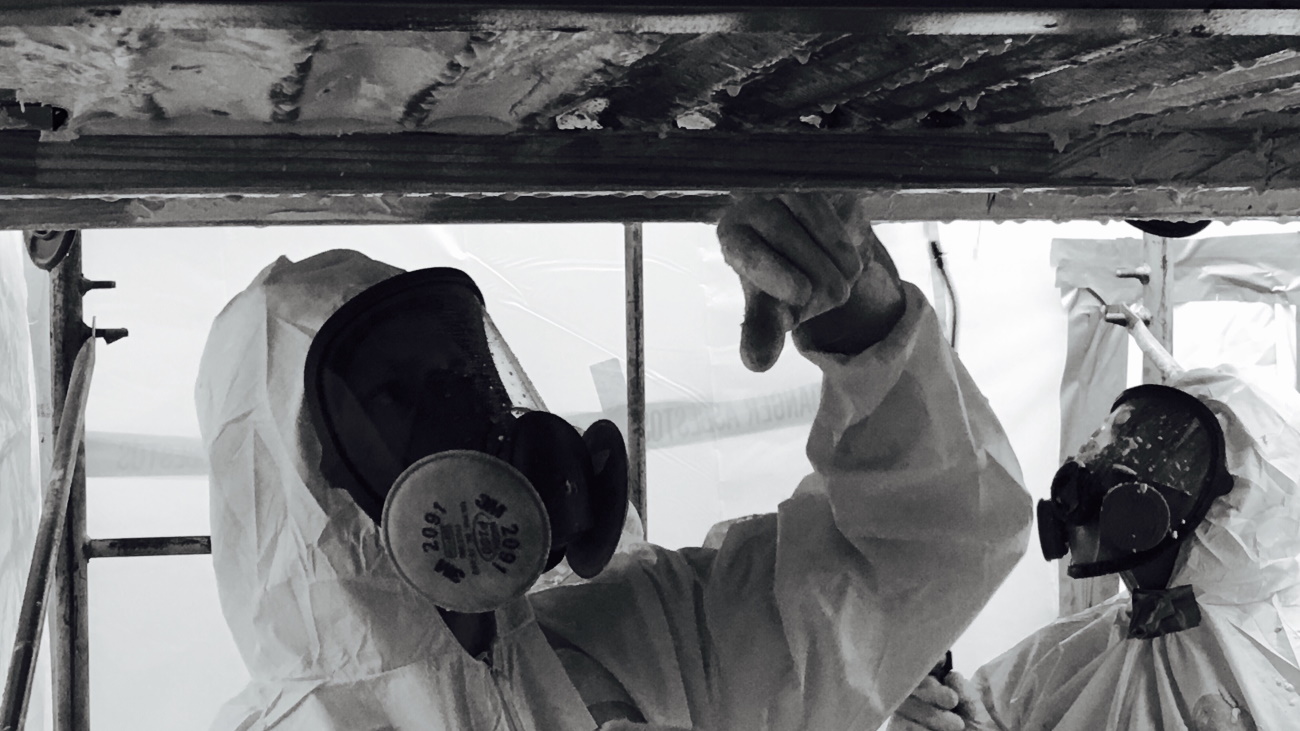What is Asbestos and Lead Testing All About?
Asbestos and lead-based paint are present in millions of homes. If left undisturbed and if it’s not deteriorating, lead-based paint and asbestos-containing products are not hazardous.
If you want to renovate your home or if it needs to be repaired or demolished, exposure to it might cause serious health problems. This is where asbestos and lead testing play a vital role.
Asbestos, Lead and the EPA
Asbestos and lead both fall under the Toxic Substances Control Act (TSCA), as amended by the Frank R. Lautenberg Chemical Safety for the 21st Century Act.
The United States Environmental Protection Agency (EPA) evaluates and addresses any unreasonable risks materials like asbestos and lead might have on human health and the environment.
Asbestos
Asbestos may be found in a variety of products, including vinyl floor tiles, roofing and siding shingles, wall and attic insulation.
When asbestos-containing products are damaged, microscopic asbestos fibers are released into the air. These fibers are easily inhaled and might cause lung cancer, or mesothelioma – a malignant tumor that usually forms on the lining of the lungs.
According to The Mesothelioma Center, more than 3,000 cases of mesothelioma are diagnosed in the United States every year. The average life expectancy for mesothelioma patients is 12 to 21 months.
There is a common misconception that asbestos isn’t present in buildings that were constructed after 1978. As pointed out in our article common mistakes in homeowner insurance claims, this is not true. Any structure, regardless of its construction date, needs to be checked for hazardous materials before it’s demolished.
There are a large number of asbestos laws and regulations. It falls outside the scope of this article to cover the various federal and state laws governing asbestos.
One of EPA’s ongoing priorities is to protect the public from adverse health effects of asbestos.
Lead
Lead was a key component used in house paint but in 1978 the federal government banned lead-based paint for consumer uses.
When lead-based paint deteriorates or is disturbed by high-heat removal, scraping, sanding, etc. minute particles of lead are released. Exposure to these lead particles might cause nerve and brain damage in children, and hypertension in adults. Hypertension or high blood pressure increases the risk of heart disease.
Lead-based paint may be hard to detect as it’s often covered under layers of other paint. Should this be the case it’s not a health hazard unless it’s disturbed.
According to the EPA, older homes are more likely to contain lead-based paint:
- 24% of homes built between 1960 and 1977.
- 69% of homes built between 1940 and 1959.
- 87% of homes built before 1940.
Asbestos and Lead Testing
It’s extremely difficult to identify asbestos or lead-based paint in your home just by looking at it.
You typically have three options when it comes to asbestos and lead testing:
- Send samples to a lab for testing.
- Buy a do-it-yourself test kit.
- Hire a professional to perform a test (best option).
Asbestos Testing
The best way to test for asbestos is to hire an asbestos inspector.
A good inspector will take samples for testing and recommend corrective actions. Should the services of an asbestos contractor be required, the inspector can also ensure that the contractor has followed proper procedures. The inspector and contractor should be from two different firms so there is no conflict of interest.
Note: If asbestos can’t be left undisturbed and has to be repaired (sealed or covered) or removed, don’t try to do it yourself! Use a trained and accredited asbestos abatement contractor.
Lead Testing
The EPA recommends one of the following to tell if your home contains lead-based paint:
- Assume your home contains lead-based paint – If it was built before 1978, assume it contains lead-based paint and take the necessary precautions. This is the simplest and safest approach.
- Hire a certified professional to check for lead-based paint – A certified lead-based paint inspector or risk assessor can establish whether your home, or a portion of your home, has lead-based paint. This will tell you in which areas lead-safe work practices should be used.
There are a number of lead test kits available on the market. The EPA has recognized some of them, but recognition “only applies to use by Lead-Safe Certified renovators.”
Does Homeowners Insurance Cover Asbestos and Lead Removal?
Most insurance companies don’t offer “pollution coverage” and won’t cover the removal of pollutants, which includes the abatement or removal of asbestos and lead.
A possible exception is if asbestos or lead removal is required as part of the repairs to your home after a covered loss such as fire damage. But there are no guarantees that you’ll be covered.
The removal or abatement of asbestos and lead can be very expensive. Insurance companies view asbestos and lead found in older homes as relatively stable and hazard-free if left undisturbed. Homeowners insurance premiums would increase significantly if they were to cover it.
Summary
If you want to renovate your home or if it needs to be repaired or demolished, exposure to asbestos and lead might cause serious health problems. This is where asbestos and lead testing play a vital role.
Use an accredited asbestos inspector or a certified lead-based paint inspector to test for asbestos and lead respectively. Based on their test results, they’ll be able to recommend required actions.
If left undisturbed and if it’s not deteriorating, lead-based paint and asbestos-containing products are not hazardous and don’t need to be removed. Leaving it untouched is the safest, and most economical option.
Should there be no other option than for asbestos or lead to be removed, don’t try to do it yourself. Use an accredited asbestos contractor or a lead-safe contractor respectively.
Homeowners insurance companies typically won’t cover the removal or abatement of asbestos or lead. They might cover the costs if the removal or abatement is required as part of the repairs to your home after a covered loss, but there are no guarantees that they will cover it.
Dealing with an insurance claim and the adjuster appointed by your insurance company can be a headache!
Avner Gat, Inc. has 15+ years of experience as a public adjuster in Southern California. We protect homeowners from the games and fine print that insurance companies are known for.
Call us at (818) 917-5256 to find out how we can help you to get the best possible settlement offer from your insurance company.




































